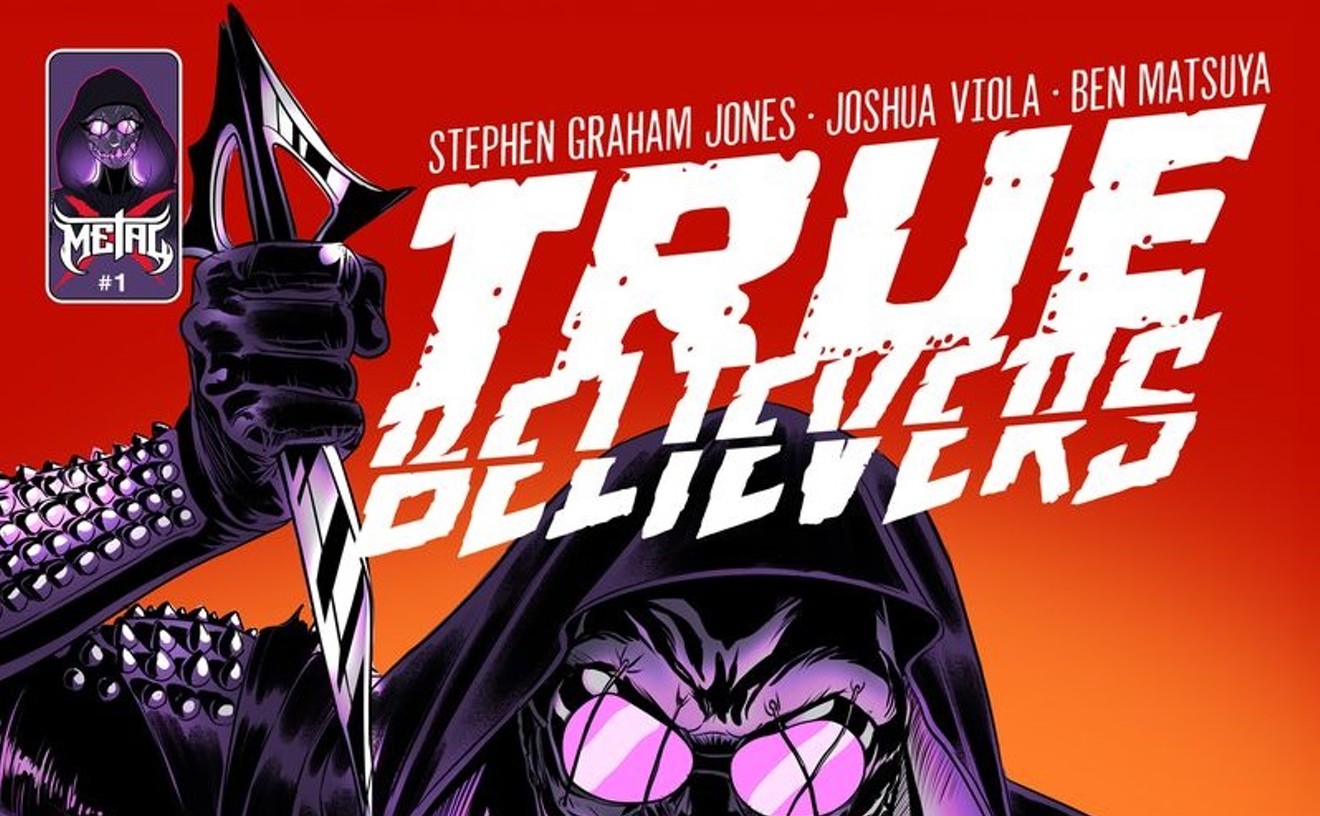Colorado & the West. This is the tenth summer in a row that David Cook Fine Art, the state's premier purveyor of late-nineteenth and early-twentieth-century material, has presented a group show dedicated to historic Western art. This year's version is anchored by more than two dozen oil paintings and watercolors by Charles Partridge Adams. Active at the turn of the nineteenth century, Adams was the state's most important impressionist; his specialty was light-filled landscapes. The exhibit also includes a number of artists associated with the long-defunct Broadmoor Academy in Colorado Springs, such as Robert Reid, Charles Bunnell and Birger Sandzén. There is also a group of watercolors by Vance Kirkland, whose work is rarely offered for sale, and by Allen Tupper True, whose works are even rarer. These impressive Colorado selections have been supplemented by a nice array of New Mexico pieces by artists such as Howard Cook, Pansy Stockton and Doel Reed. Needless to say, the don't-miss show is a glorious salute to the region's rich artistic heritage. Through June 30 at David Cook Fine Art, 1637 Wazee Street, 303-623-8181, www.davidcookfineart.com.
Herbert Bayer. There's no argument that Herbert Bayer, who lived in Aspen for decades, is the most important artist in Colorado history. He was internationally famous when he moved here, having been associated with the Bauhaus in Germany before World War II. And in line with the philosophy promoted by that utopian school, he embraced a wide range of artistic mediums, including graphic design, architecture, painting, printmaking and textiles; he also invented earth art. This exhibit includes paintings and works on paper, but it is Bayer's sensational tapestries that dominate the show because of their size, their graphic boldness and their strong colors. In truth, everything else recedes into the background in deference to them. The tapestries, done in the 1960s and '70s, reveal that Bayer wasn't just a master of the simple yet visually rich composition; he was also king of color. Through June 19 at Z Art Department, 1136 Speer Boulevard, 303-623-8432.
La Malagua. Maruca Salazar, the still new-ish director of the Museo de las Américas, was born in Mexico but has been a part of the Colorado art scene for decades. For her first show at the institution, Salazar has sampled the work of a group of artists from Puerto Vallarta called El Colectivo Malagua — the jellyfish collective — who have made works riffing off the iconography of the Lotería game. Lotería, which is played throughout Mexico, is similar to bingo, but cards — the appearance of which are reminiscent of tarot cards — are used instead of numbered balls. The 54 cards are drawn, and their names are called out. Players then mark the corresponding spots on their boards with a rock or bean. El Colectivo Malagua is made up of artists Yesika Felix, Sergio Martinez, Fernando Sanchez, Miguel Perez and Ireri Topete, who have created their own versions of the cards and added one: a jellyfish. Salazar has supplemented the effort with the work of two Colorado artists, Carlos Frésquez and Belen Escalante, who also created their own works in response to the Lotería. Through June 6 at the Museo de las Américas, 861 Santa Fe Drive, 303-571-4401, www.museo.org. Reviewed May 13.
Ray Tomasso. The Byers-Evans House Gallery — in the carriage house — is hosting New Works in Paper: Ray Tomasso, a solo comprised of recent work by this well-known Colorado artist. The space is not ideal for exhibiting art, but Tomasso and his wife, Diane, have done a good job of making the most of it. As indicated in the title, Tomasso's medium of choice is paper, but these aren't works on paper; rather, the pieces are made out of paper. Following an elaborate process that begins with cotton rags reduced to pulp, Tomasso casts layers of wet sheets that result in abstract bas-relief panels that look like hybrids of paintings and sculptures. His technique in paper-making was self-taught, though he was trained in the related fields of ceramics and printmaking. Unlike many artists who work with paper, Tomasso does not start with colored pulp; instead, he uses un-dyed pulp that he then paints and seals. The results are very engaging because of the topography of the various forms and the handling of the colors. Most of the works are purely abstract, while others contain hints of the Western landscape. Through May 29 at the Byers-Evans House Gallery, 1310 Bannock Street, 303-620-4933, www.coloradohistory.org. Reviewed April 29.










